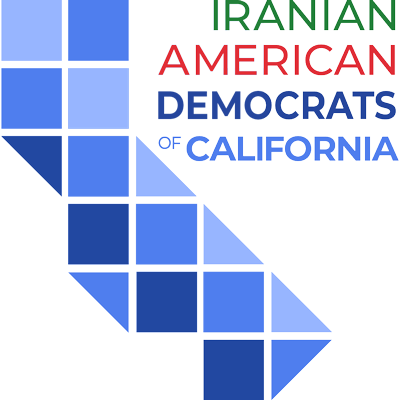President Biden, Vice President Harris, and the U.S. Department of Education have announced a three-part plan to help working and middle-class federal student loan borrowers transition back to regular payment as pandemic-related support expires. This plan includes loan forgiveness of up to $20,000. Many borrowers and families may be asking themselves “what do I have to do to claim this relief?” This post is a resource to answer those questions and more.
✨️Part 1. Final extension of the student loan repayment pause
To ensure a smooth transition to repayment and prevent unnecessary defaults, the Biden-Harris Administration will extend the pause a final time through December 31, 2022, with payments resuming in January 2023.
✨️Part 2. Providing targeted debt relief to low- and middle-income families
The rule would: Require borrowers to pay no more than 5% of their discretionary income monthly on undergraduate loans.
✨️Part 3. Make the student loan system more manageable for current and future borrowers
Further details:
➡️ U.S. Department of Education will provide up to $20,000 in debt cancellation to Pell Grant recipients with loans held by the Department of Education and up to $10,000 in debt cancellation to non-Pell Grant recipients. Borrowers are eligible for this relief if their individual income is less than $125,000 or $250,000 for households.
➡️ Forgive loan balances after 10 years of payments, instead of 20 years, for borrowers with loan balances of $12,000 or less.
➡️ Cover the borrower’s unpaid monthly interest, so that unlike other existing income-driven repayment plans, no borrower’s loan balance will grow as long as they make their monthly payments—even when that monthly payment is $0 because their income is low.
Follow the link below for further details; folks can sign up to be notified when the application is live:
https://studentaid.gov/debt-relief-announcement/
Our take: This is a good stepping stone to the bigger goal of forgiving all student loans and making higher education free in this country like all other developed and developing countries in the world. knocking down everyone’s interest to 0% and allowing for income driven repayment might actually be worth more than 10k to some people. The changes to the IBR/interest appears to be the most useful change in the predatory student loan industry.
You can apply for refunds of payments you made after March 2020 (assuming you’re still earning less than $125K/ year, seeking less than $10-20K repayment, etc.), but getting it seems heavily dependent on your provider. It doesn’t seem to be an easy process, we hope with the upsurge they can update systems.
